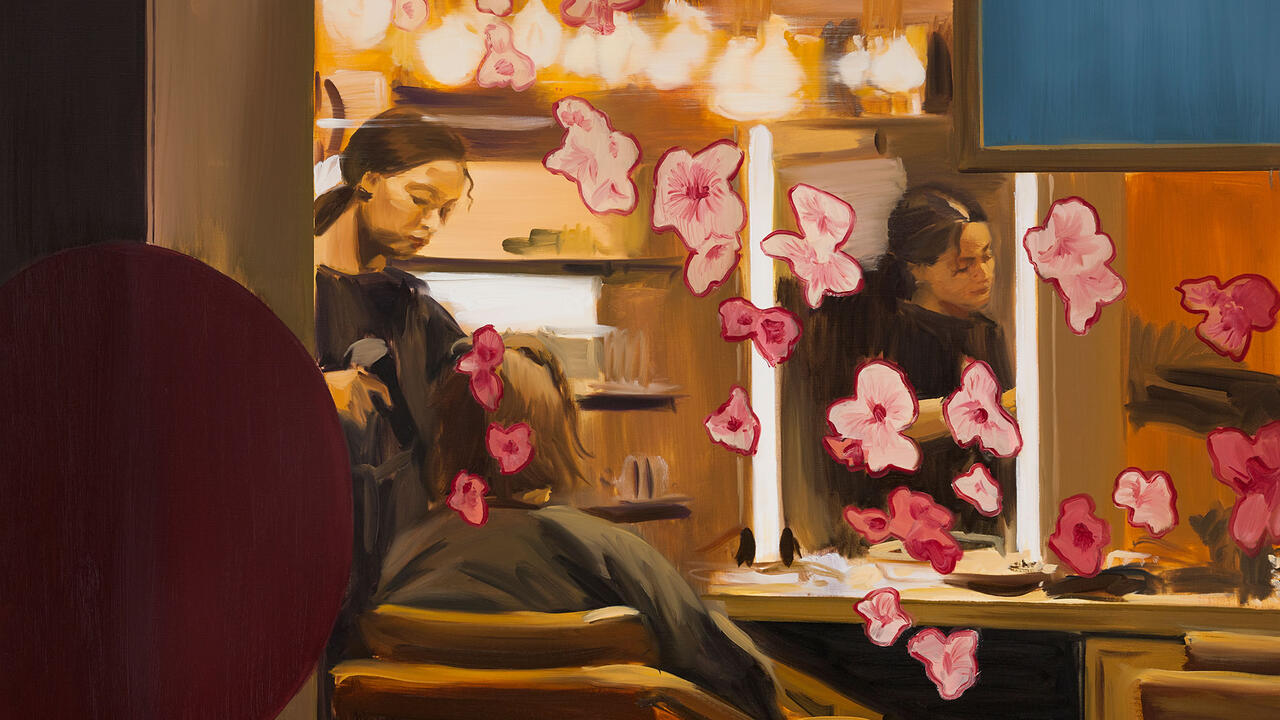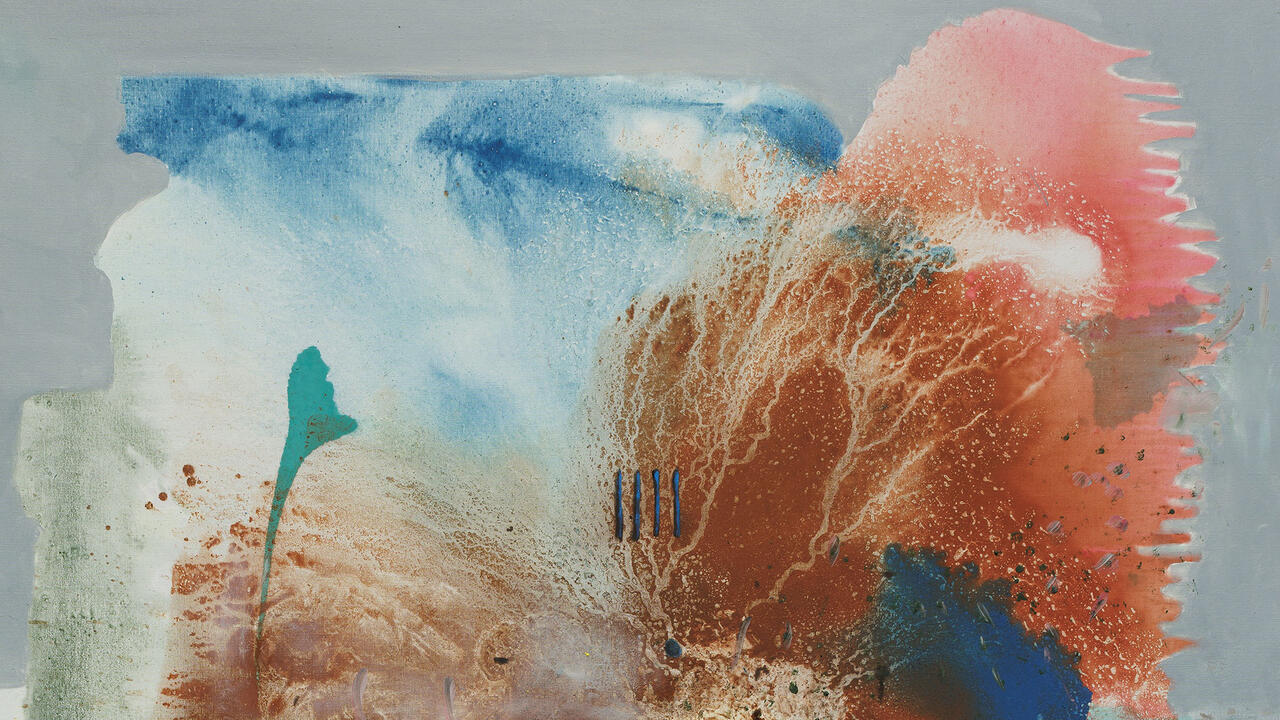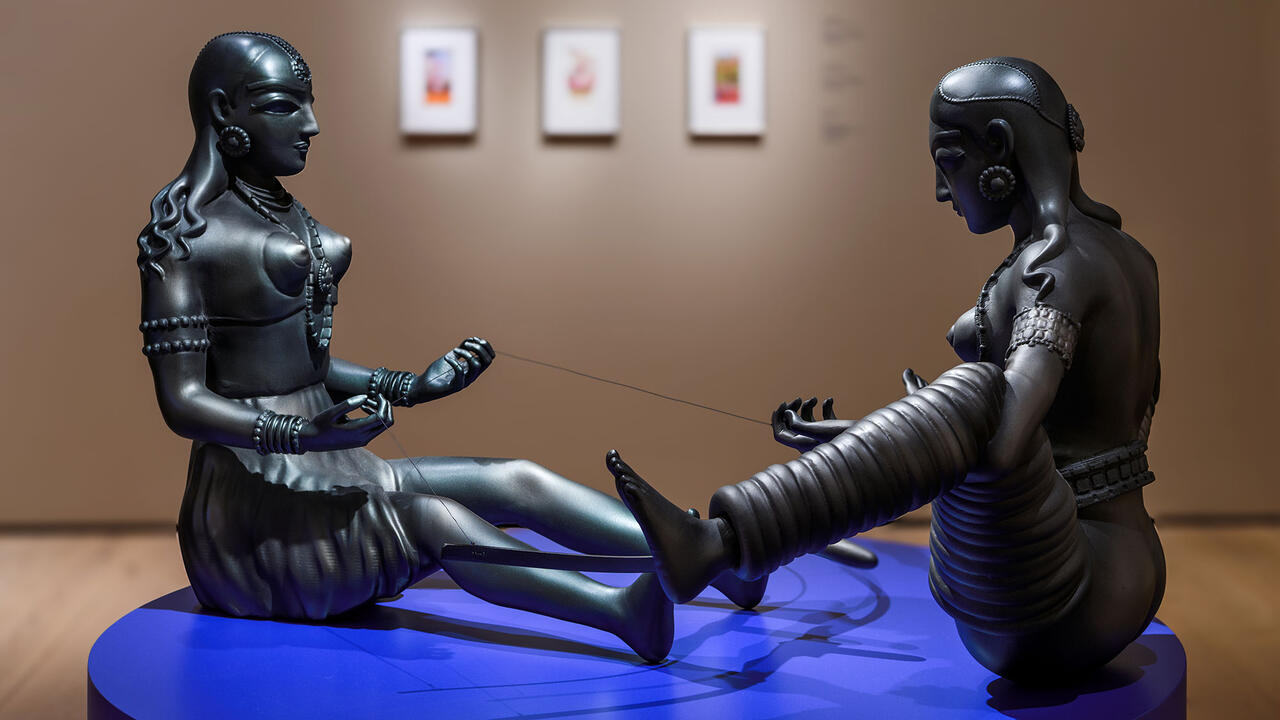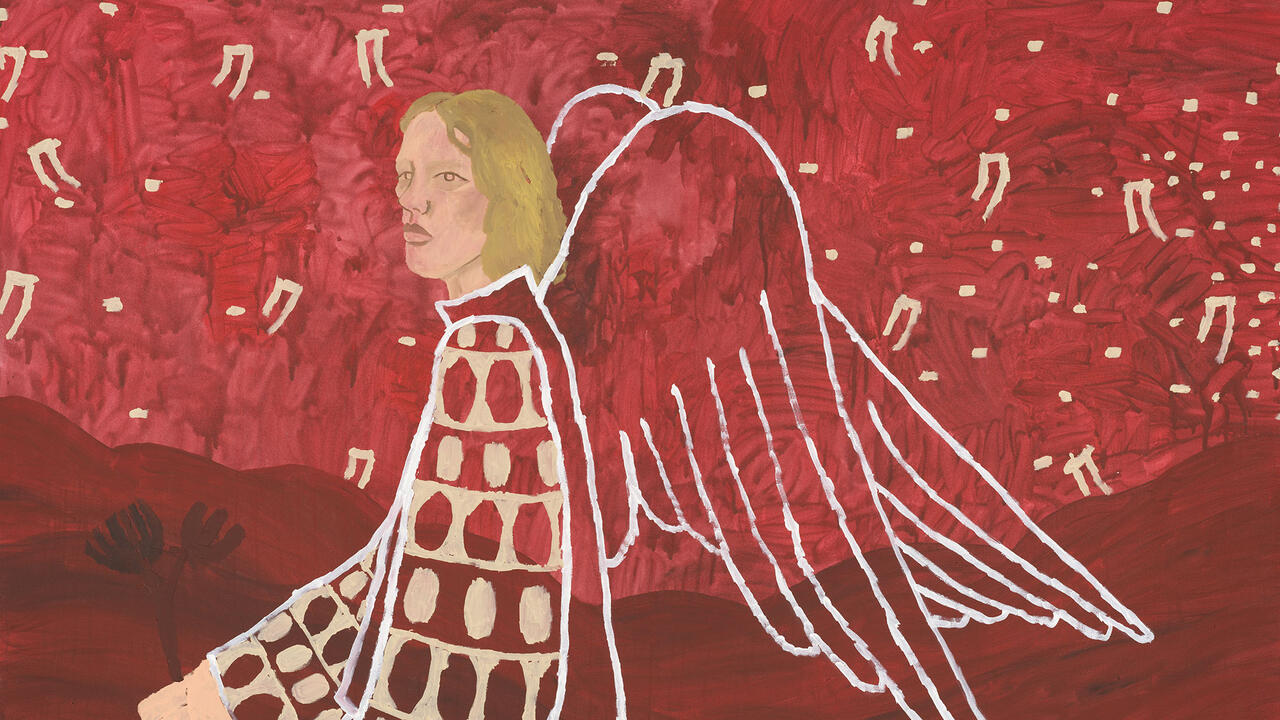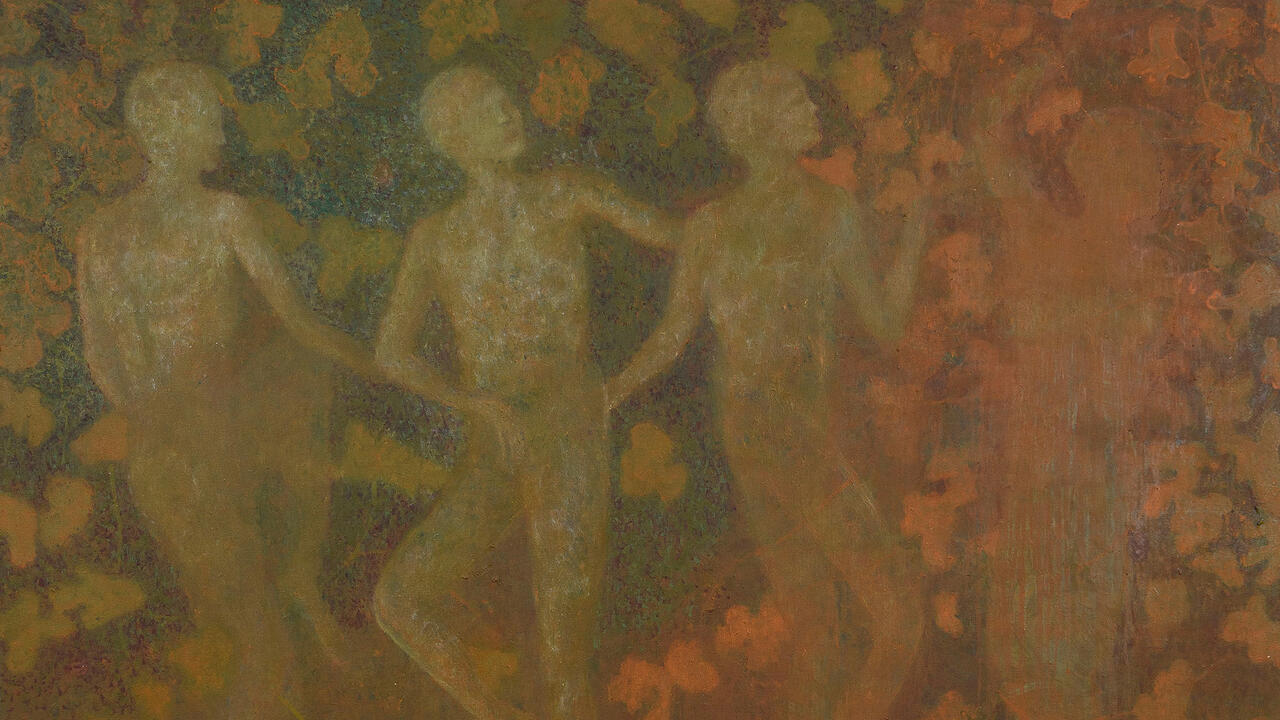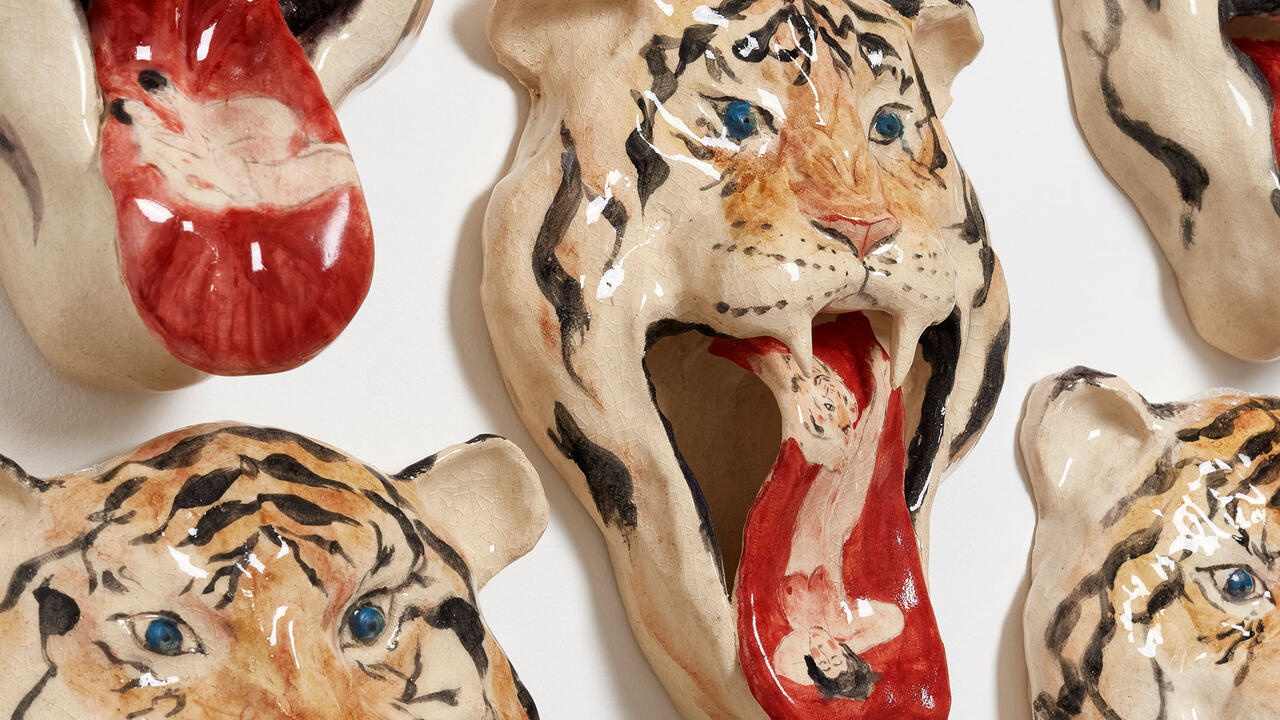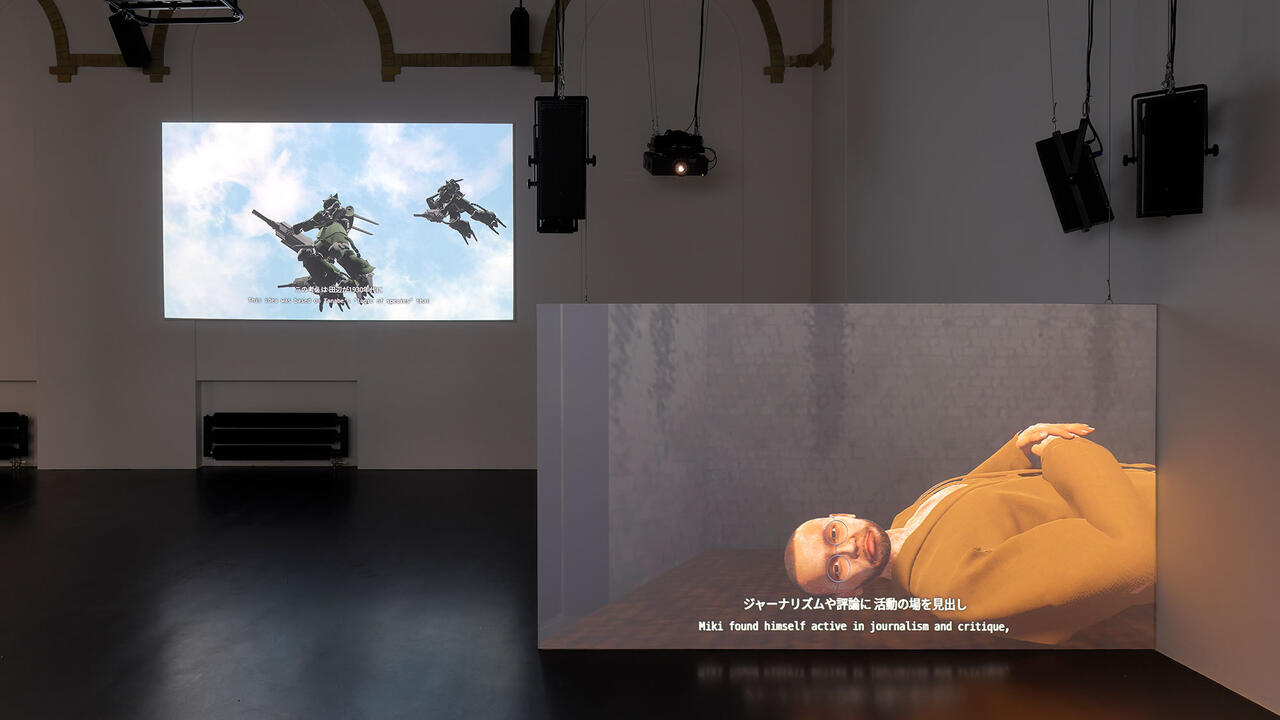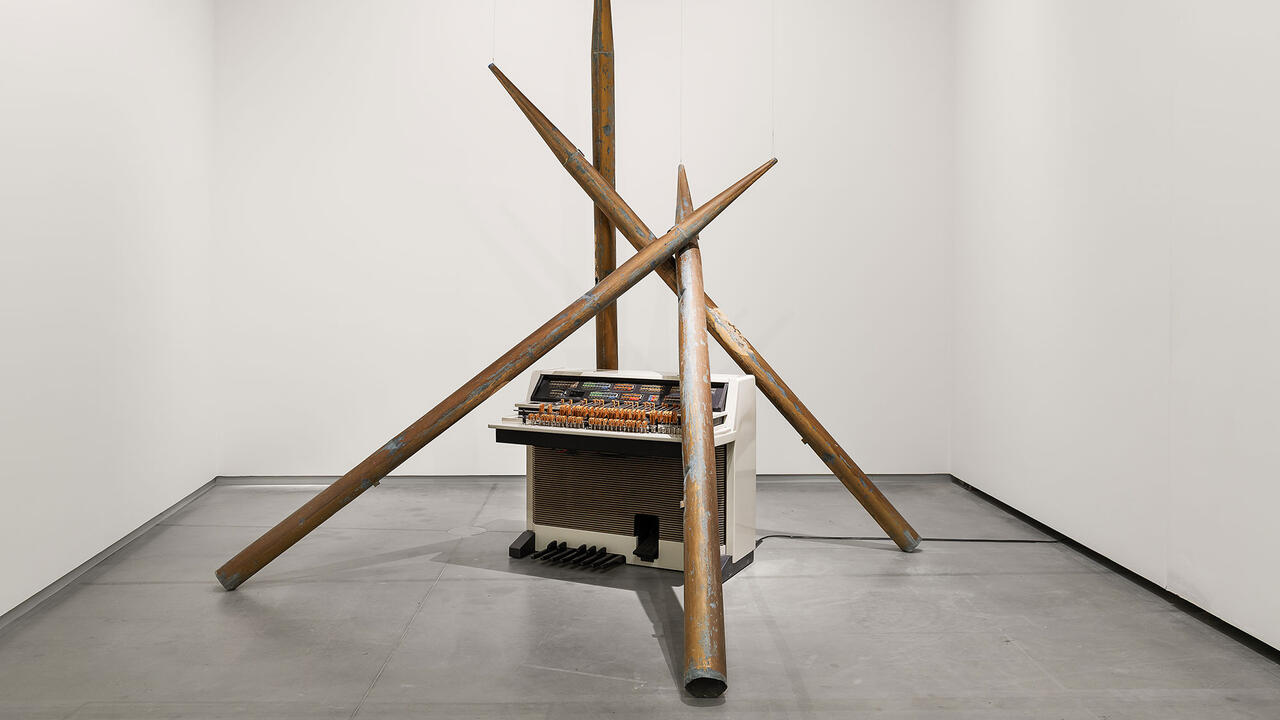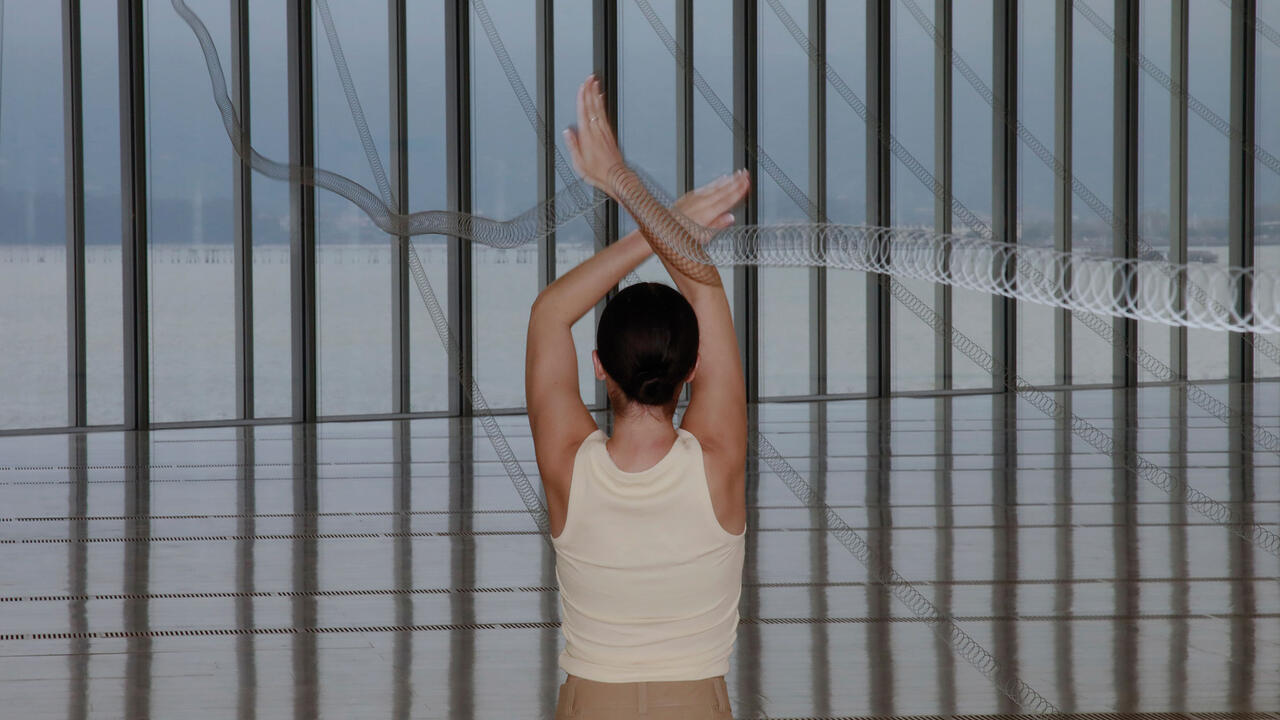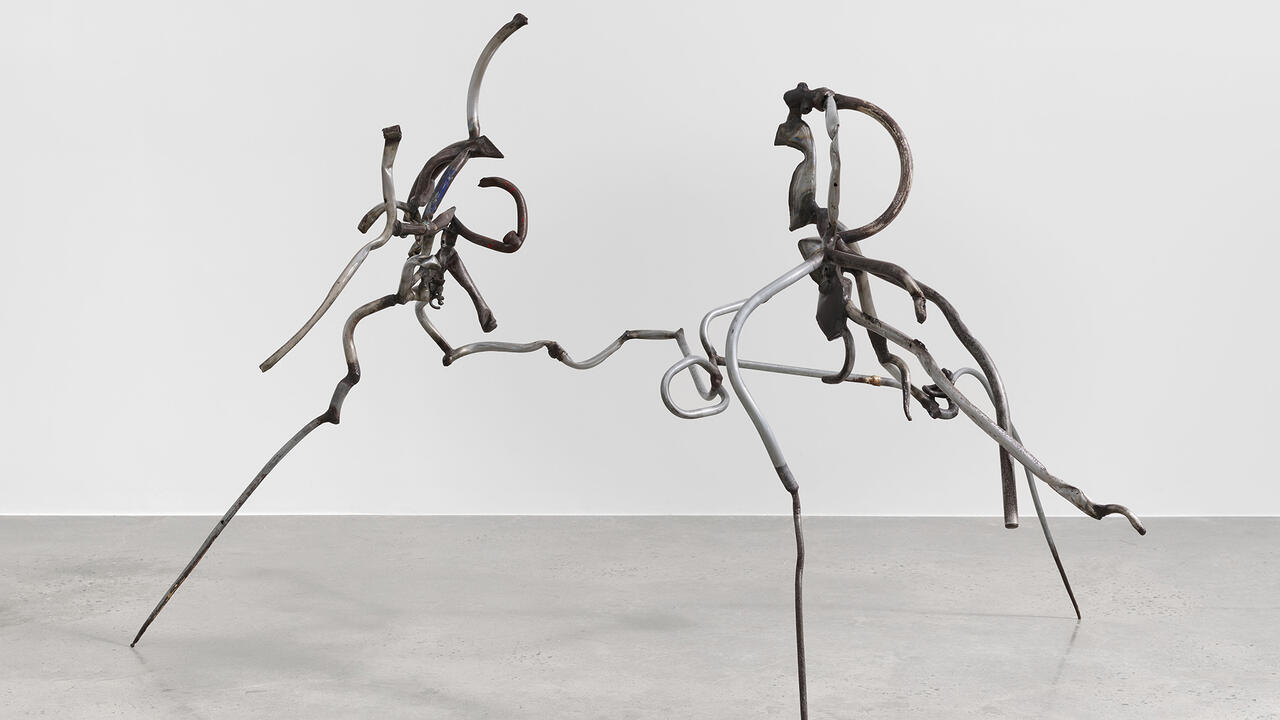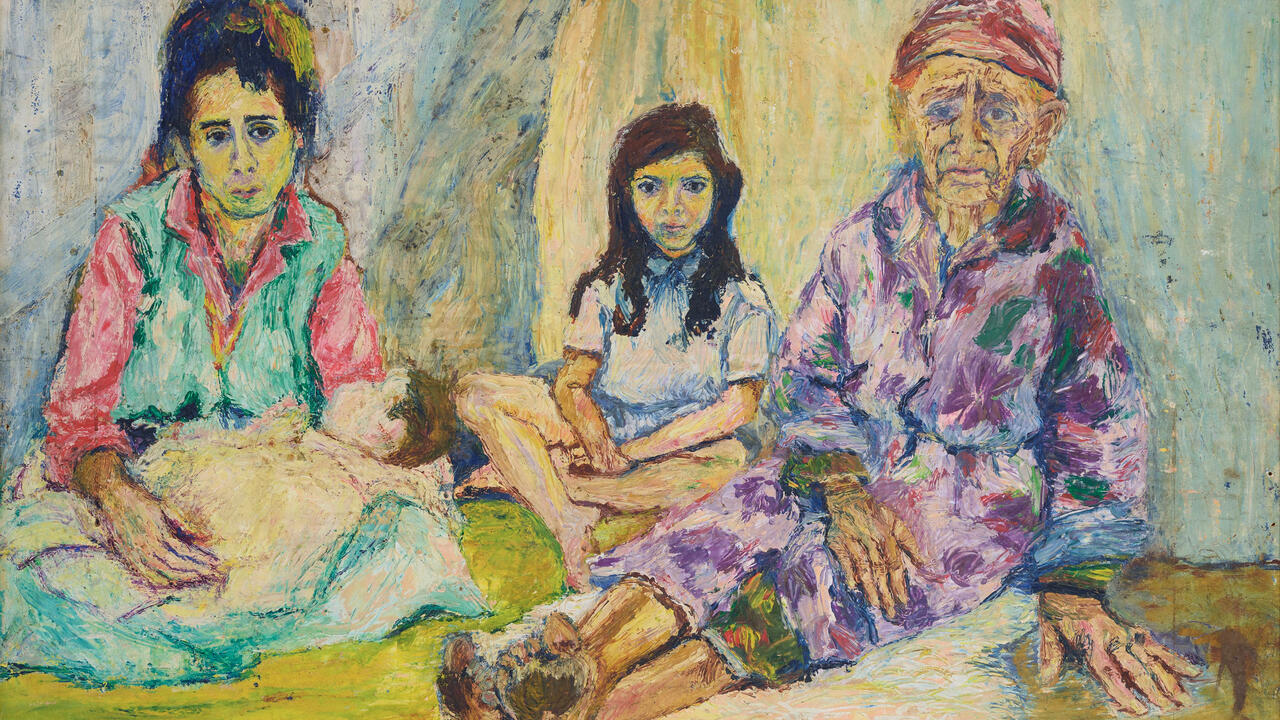The Best Shows to See in Paris This October
From Chris Ofili’s portraits of Othello at David Zwirner to Barbara Crane’s double-exposed casino signs at Centre Pompidou
From Chris Ofili’s portraits of Othello at David Zwirner to Barbara Crane’s double-exposed casino signs at Centre Pompidou

‘ECSTATIC’ | Shmorévaz | 26 September – 23 October

How many balloons does it take to cover up an atrocity? How much confetti can muffle a nation’s anxieties? Russell Perkins and Charlie Culbert’s succinct, melancholic Static (2023) – the centrepiece of a collaborative exhibition with writer Aurelia Guo – is troubled by the superficial theatrics of American political life. The single-channel video, pixelated across an oversized LED screen, contrasts found footage of various United States election celebrations from the 1970s to the recent past with a desolate field recording of wind blowing through trees. The flurry of red, white and blue debris – once deployed in excited anticipation of a brighter future – here becomes an elegiac, slow-motion hurricane of dashed dreams.
Niklas Taleb | Eduoard Montassut | 7 September – 2 November

Despite its title, nothing in Niklas Taleb’s exhibition ‘hippie’ evokes acid tests, folk music or the bygone groovy beatniks who held these things so dear: like a word repeated into oblivion, the associations quickly collapse. Taleb’s delicate photo-sculptures, too, feel at risk of shattering: photographs of quotidian moments – houseflies crawling on a windowsill, a person reading, a child lounging amid strewn toys and clothes – are split in halves or thirds and mounted on thick glass panels. Lines of visible scotch tape run along the gaps between the panels and, since the meagre adhesive presumably can’t hold the heavy slabs together, it’s impossible to shake the feeling that it could all come crashing down at any moment.
Chantal Akerman | Jeu de Paume | 28 September – 19 January 2025

Chantal Akerman produced some of the most formally groundbreaking work of 20th-century cinema and, since her Jeanne Dielman, 23 quai du Commerce, 1080 Bruxelles (1975) was pronounced ‘greatest film of all time’ by Sight and Sound’s 2022 critics’ poll, the late Belgian filmmaker’s legacy seems to be enjoying a well-deserved renaissance. ‘Chantal Akerman: Travelling’ wrangles the modestly sized upper galleries of Jeu de Paume into a kind of dual-purpose retrospective with two distinct goals: to celebrate Akerman’s work as a filmmaker and to present her practice as a video artist – an often-overlooked strand of her career. A major portion of the show is dedicated to D’Est, au bord de la Fiction (From the East: Bordering on Fiction, 1995), a 25-channel adaptation of Akerman’s haunting 16mm film D’Est (From the East, 1993), in which slow tracking shots float through the crowded and frosty city streets of Poland, Ukraine, Russia and former East Germany after the collapse of the Berlin Wall in 1989. Other works are less successful, though, with Woman Sitting After Killing (2001) – a seven-monitor installation sampling the final scene of Jeanne Dielman – struggling to distinguish itself from its colossal source material.
‘All the Messages Are Emotional’ | Fondation Pernod Ricard | 10 September – 31 October

Combining sculpture, painting and video by seven young artists based in France, this group exhibition curated by Arlène Berceilot Courtin stages a mixed bag of work around the loose notion of ‘affect’. The show’s unmissable highlight is a series of three video works by Mona Varichon – And What Made Me Think of You (2016), This Thing I Want, I Know Not What (2017) and No, I Was Thinking of Life (2018) – shown separately in the auditorium. Apart from one ghostly image of waves lapping a shore at night, Varichon’s default mise-en-scène is a black screen, soundtracked by a series of long-distance phone calls between the artist and her mother. In this psychological space, imageless except for the rhythmic pulse of subtitles, ordinary notions arrived at in conversation (the weather, the writing of Carson McCullers, a remembered quote about improvisation and loss) are rendered monumental.
Chris Ofili | David Zwirner | 14 October – 30 November

Since his series of white-ink etchings depicting Shakespeare’s beleaguered general (Othello, 2018), Chris Ofili has reckoned with the character and the history of his representation. Until recently, for example, most performances of the play used white actors in blackface in the titular role. In his new series of paintings, ‘Othello – Shroud’ (2019–24), Ofili continues to explore his own identification with, and the unravelling of, the Othello mythos. Each work is hung in an ornately carved, charred-black frame and veiled in fabric, which the viewer must lift in order to see the underlying canvas, a staging which might come across as kitsch were it not for the paintings themselves: dreamy portraits of Othello as a horned satyr, ensconced in swirls of lush, powdery pastels reminiscent of a Marc Chagall painting.
Barbara Crane | Centre Pompidou | 11 September – 6 January 2025

A varied exhibition in the basement of the Centre Pompidou provides a small but potent selection of the late American artist Barbara Crane’s intrepid photocollages, darkroom experiments and fluxus-inspired conceptual series. Shrugging off the notion that photography – especially by women – need reveal some intimate human truth, Crane’s work leans into the defamiliarizing potential of her medium. Standouts include ‘Untitled (Las Vegas)’ (1969), a series of photographs in which the gilded words of the Strip’s casino signs are double-exposed, transformed into stuttering psychobabble against a black void. ‘Human Forms’ (1965) also experiments with photographic technique as Crane dials up the exposure, draining close-up shots of her sleeping children of all identifiable features except a thin, smoky line of shadow amidst a sea of white light.
Laurence Sturla | Goswell Road | 18 October – 22 November

Laurence Sturla’s preternatural ceramic works balance decorative precision with primordial chaos. Their rippling folds and compartments, covered in a charred and crusted patina, resemble half-excavated aqueducts or ornate tableware badly damaged in a fire. In ‘Drives My Green Age’ at Goswell Road, Sturla presents 12 of his ‘Daily Bouquets’ (2020–ongoing): mortar tubs brimming with gnarled arrangements of glazed ceramics, metals and other materials from the artist’s studio, offering a near-archaeological record of his practice. This sense of record-keeping is mirrored in Sturla’s treatment of the gallery floor, which is covered in sheets of black PVC streaked with salt and clay – a reminder that our every errant hair or fleck of dead skin is being contained and temporarily documented in the space.
Miriam Cahn | Galerie Jocelyn Wolff | 8 September – 26 October

At the entrance to Galerie Jocelyn Wolff, viewers are greeted by Miriam Cahn’s ‘ÄLTERICH, Juli 2024’ (2024), a series of six, full-length, nude self-portraits. Some ravaged and skeletal, others pallid and fleshy, these figures offer themselves unabashedly, like the emissaries of some netherworld. In Cahn’s paintings, the boundary between subject and environment is indistinct: her blurred apparitions are semi-transparent, catching the toxic light of her chemical green and yellow environs. Filling the upstairs galleries are portraits and drawings haunted by violence and death – the moment in which soul evaporates from flesh. In these spectral works, the body – whether tortured or in repose – is a permeable site, where ghosts are superimposed upon the living.
Main Image: Chantal Akerman, Jeanne Dielman, 23, quai du Commerce, 1080 Bruxelles, 1975, production still. Collections CINEMATEK. Courtesy: © Fondation Chantal Akerman and ADAGP, Paris, 2024; photograph: Boris Lehman








